Best pet-safe indoor plants – 10 house plants to keep your furry friends safe
Provide a green and leafy, animal-friendly home with our top ten pet-safe indoor plants
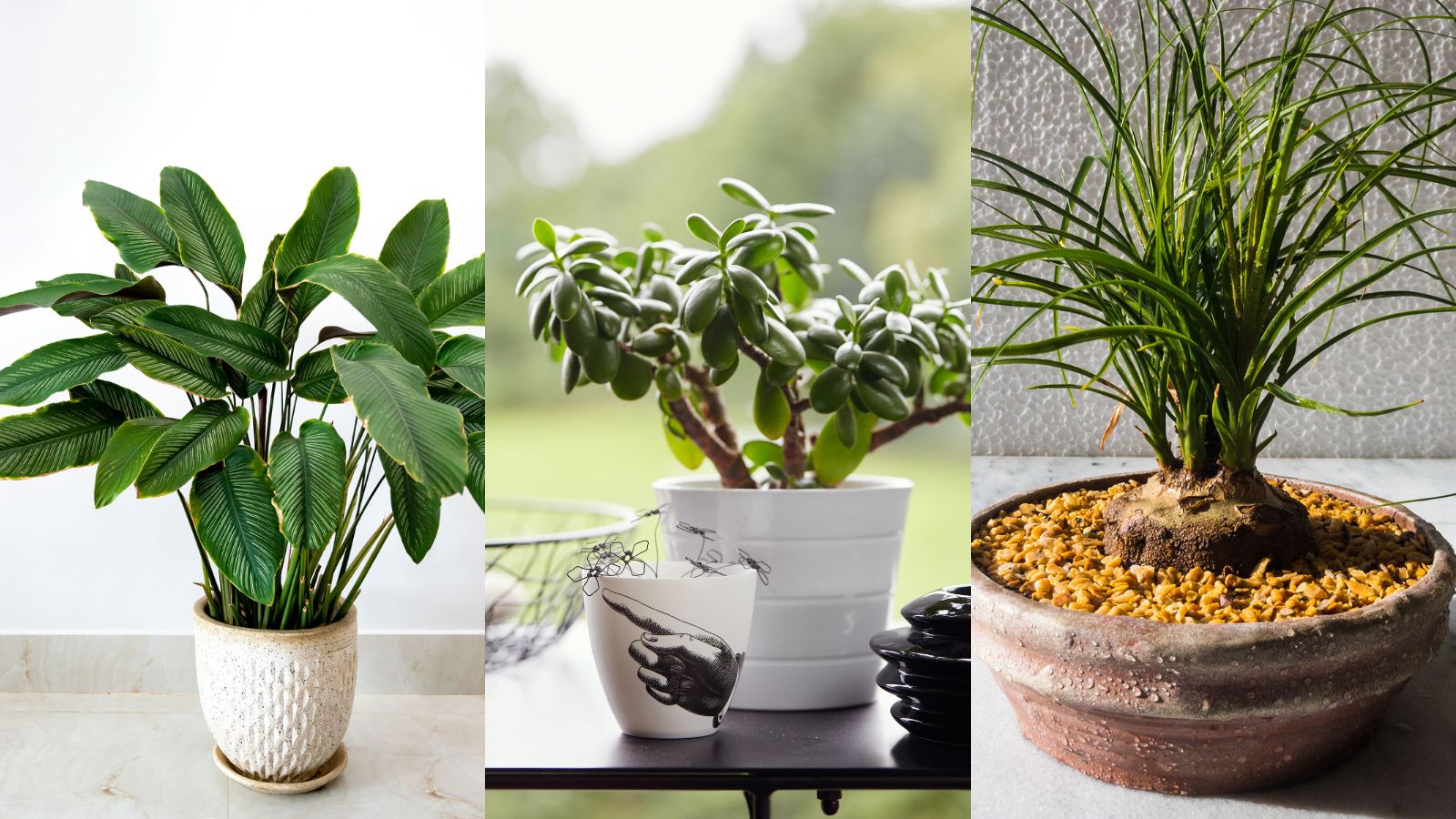

Pet-safe indoor plants are essential whether you are an experienced or first-time pet parent. No matter how trustworthy and well-trained your furry friend is, there are many popular indoor plants that can cause them harm. Avoid the potential risk and still satisfy your longing for a plant-filled home by opting for non-toxic houseplants.
From stately Palms and arcing ferns to shapely Prayer and Spider plants, there are many leafy beauties that will soften your decor and enhance your home environment and wellbeing too. There are plenty of non-toxic flowering plants too if you fancy a burst of color. African Violets, orchids and Vrieseas or Flaming Sword are just a few to tempt you.
We’ve spoken to some leading, green-fingered experts to discover the best indoor plants, so you can reap the benefits and enjoy reduced stress levels too.
Best pet-safe indoor plants – 10 to choose from
Avoiding plants that are toxic to cats and poisonous plants to dogs doesn't mean you can dismiss the principle that choosing the right plant for the right position in your home is key.
Fall crocus can cause liver and kidney damage, and every part of a lily is toxic to cats. Others to avoid include ivy, Elephant's Ears and the ZZ plant. Fortunately, many plants, and house plants in particular, are completely safe to keep around animals, including Calathea, Spider Plants and African Violets.
1. Calathea
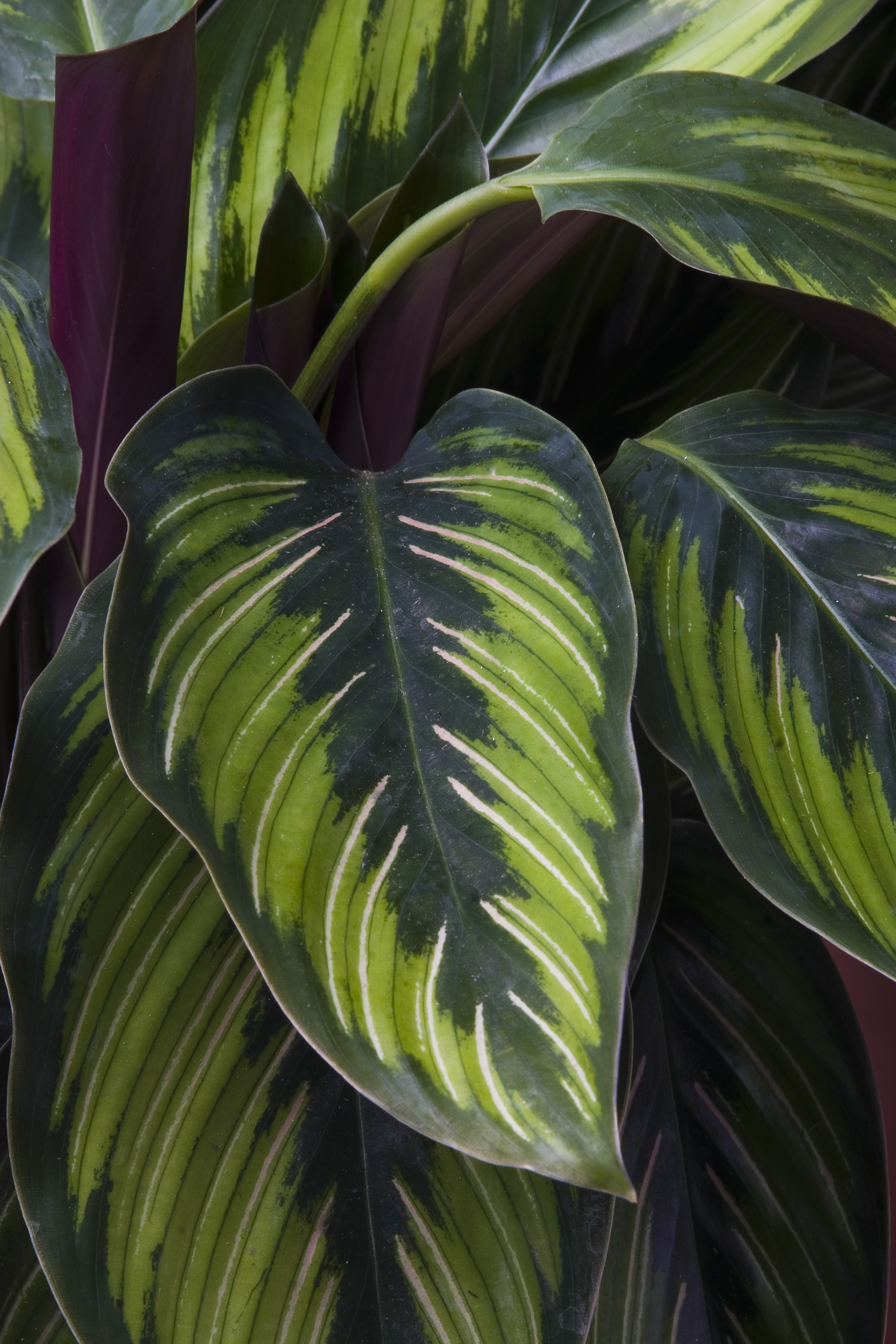
With its stunning foliage coming in endless patterns and colors, including every shade of green, silver, yellow and claret, the Calathea or Peacock plant as it is also known is one of the most striking pet-friendly plants. Ben Norman, from Baby Bio®, agrees, ‘Perhaps the most varied pet-friendly plant species is the calathea, as there are many beautiful varieties, such as “Whitestars,” “Sanderianas,” “Rattlesnakes,” and “Freddies,” to name a few, all of which are completely non-toxic to both cats and dogs.’
‘If you are considering adding a calathea or two to your collection, the key thing is to remember that they are tropical plants,’ continues Ben. ‘Position them in a warm spot with bright but indirect sunlight – if they are placed in direct light the beautiful leaf markings may fade and even scorch. They can even cope in lower light conditions, as they are native to rainforests and used to living under the canopy of trees, however brighter conditions will allow your calatheas to thrive and even flower.’
Humidity lovers, it’s best to prevent leaves from crisping up by standing the pot on a tray of gravel and misting regularly with tepid water too.
2. Fishbone cactus
This standout plant is a real show stealer for any pet-safe home. Hailing from the rainforests of Mexico where it grows high up in the trees, its distinctive, flat, ric-rac-edged leaves start off growing upright before eventually trailing downwards. Its laid-back attitude to watering it also makes it a real cinch to look after.
A shade lover, the fishbone cactus prefers just a few hours of indirect sunlight a day. Position it around 50cm to 1m away from a window in a hanging planter or position it on a shelf, where it can casually drape. Pot up using free-draining soil to prevent root rot and water only when the compost is completely dry. Feed regularly with specialist cactus fertilizer from April to September, stopping altogether from October to March.
Richard Cheshire, Plant Doctor at Patch Plants is a real fan too, ‘It’s a quick grower in the right conditions and its tendrils will grow as long as you let them. If it’s very happy, it should flower in autumn, producing beautiful, heavily scented blossoms. Those flowers only come out after dark and live for just one night, which is quite fantastically romantic and dramatic of them.’
3. Burro's tail
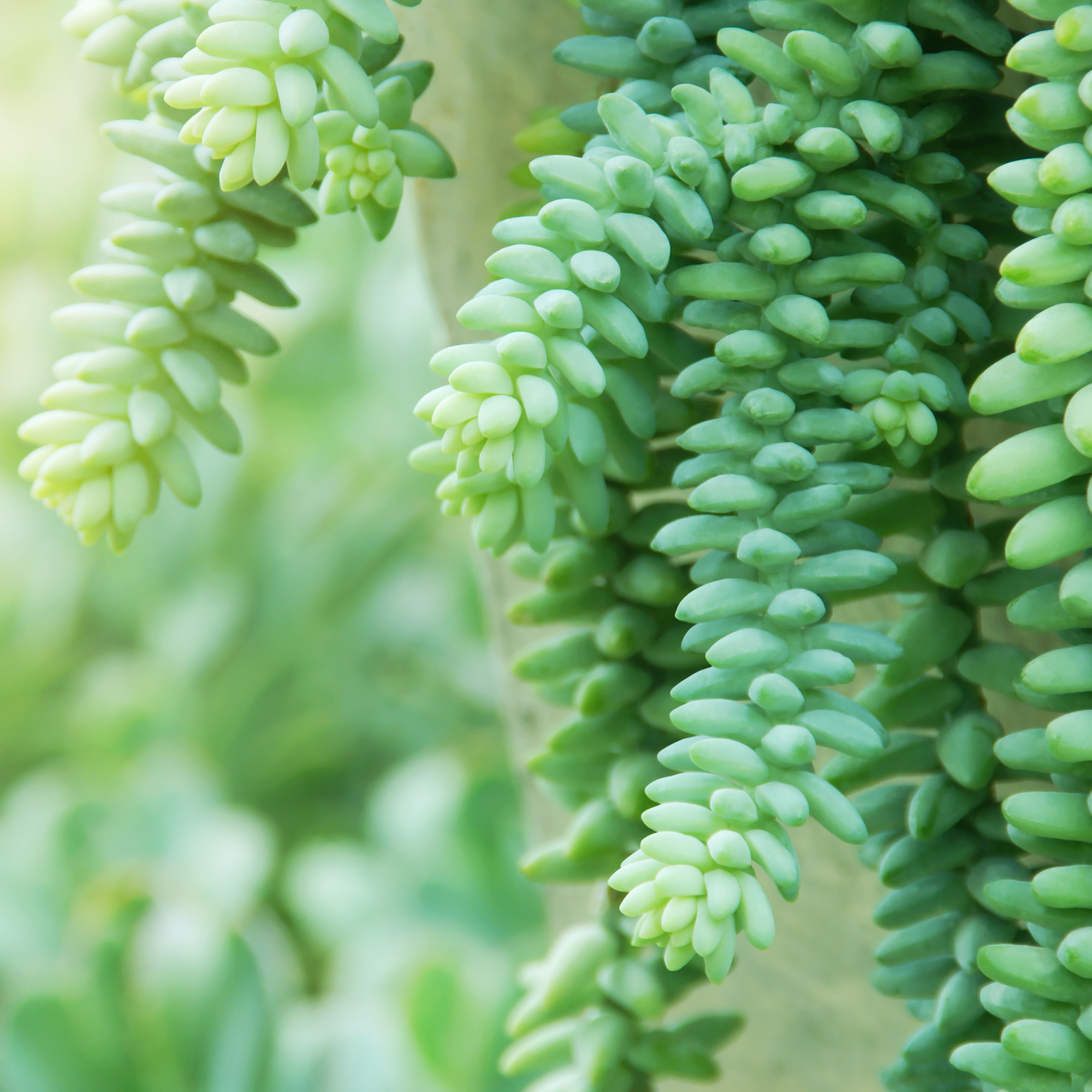
Burro’s Tail is a succulent that loves sunshine and direct sunlight, as they originate in the dry heat of Honduras and Mexico. Growing up to 23 inches (60cm) long, the intricate blue-grey stems will trail over the side of the pot as the plant grows, which may tempt curious pets to investigate, but this plant won't do them any harm if they do. Keep them high or low, potted in free-draining compost and away from bright, direct light. They can cope for periods without water, as they tend to store reserves in their leaves.
It's worth knowing that the stems are relatively fragile and can break off easily. If they do, make the most of them, by repotting them and establishing new plants.
4. Ponytail palm
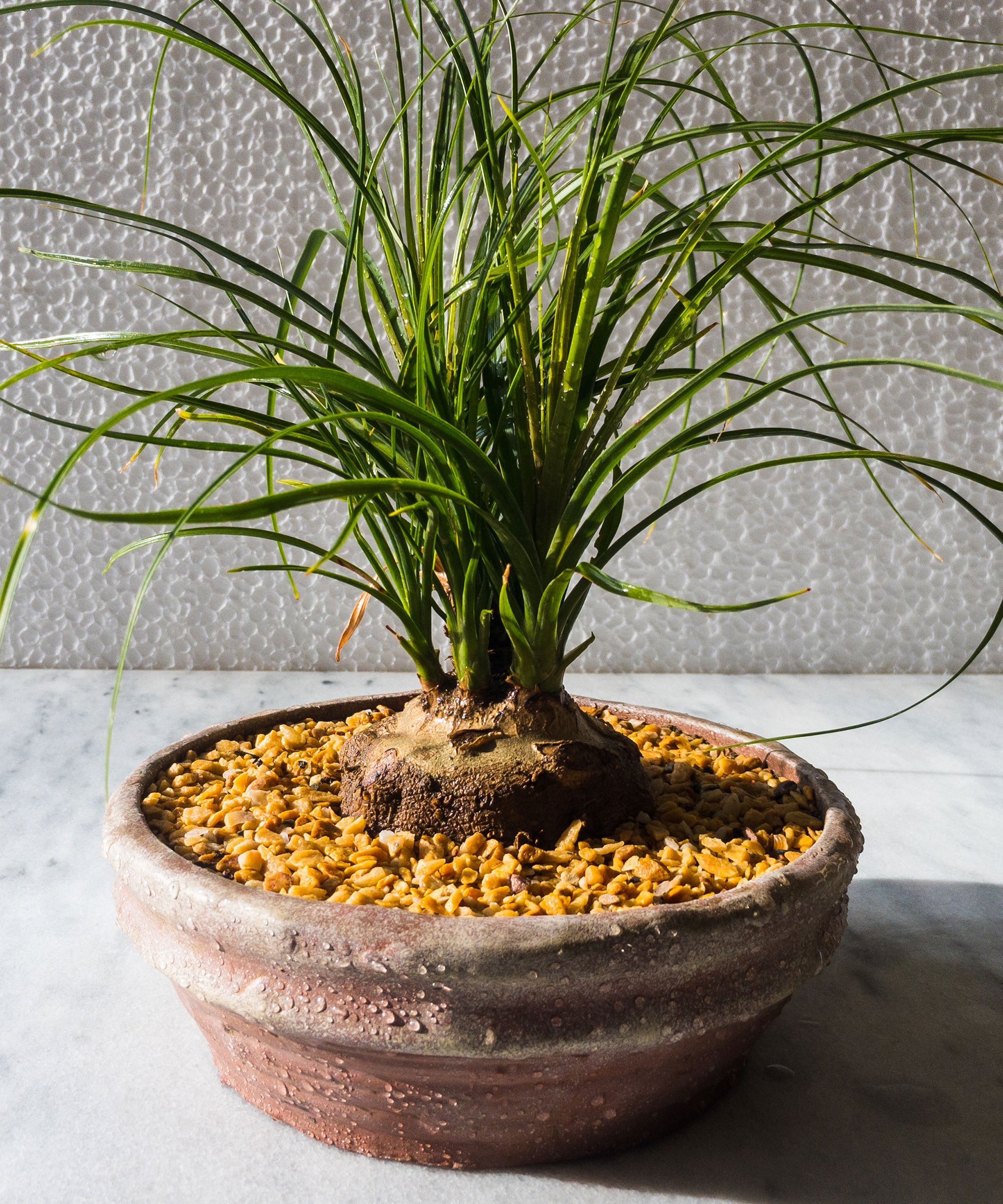
Another pet-friendly and good-looking succulent – although you wouldn’t know it instantly. This sculptural beauty stores water in its bulbous trunk, making it ideal for those who are less than organized with their watering regime or just away from home a great deal. Fine green hair-like leaves emerge from the top of the trunk in a fountain-like fashion and add movement and softness to the sculptural silhouette. Thankfully these almost indestructible low maintenance indoor plants are back on trend.
Extremely long-lived, the same plant can last for decades. Whilst they reach heights of 20 feet (6m) in the wild, they take their time to top 3ft (90cm) indoors. Native to Mexico, they need a dry, bright position out of the direct sun and free-draining compost. Never leave them sitting in water as they will quickly rot, instead water them every three or four weeks when the top couple of inches of compost are dry.
5. Peperomia
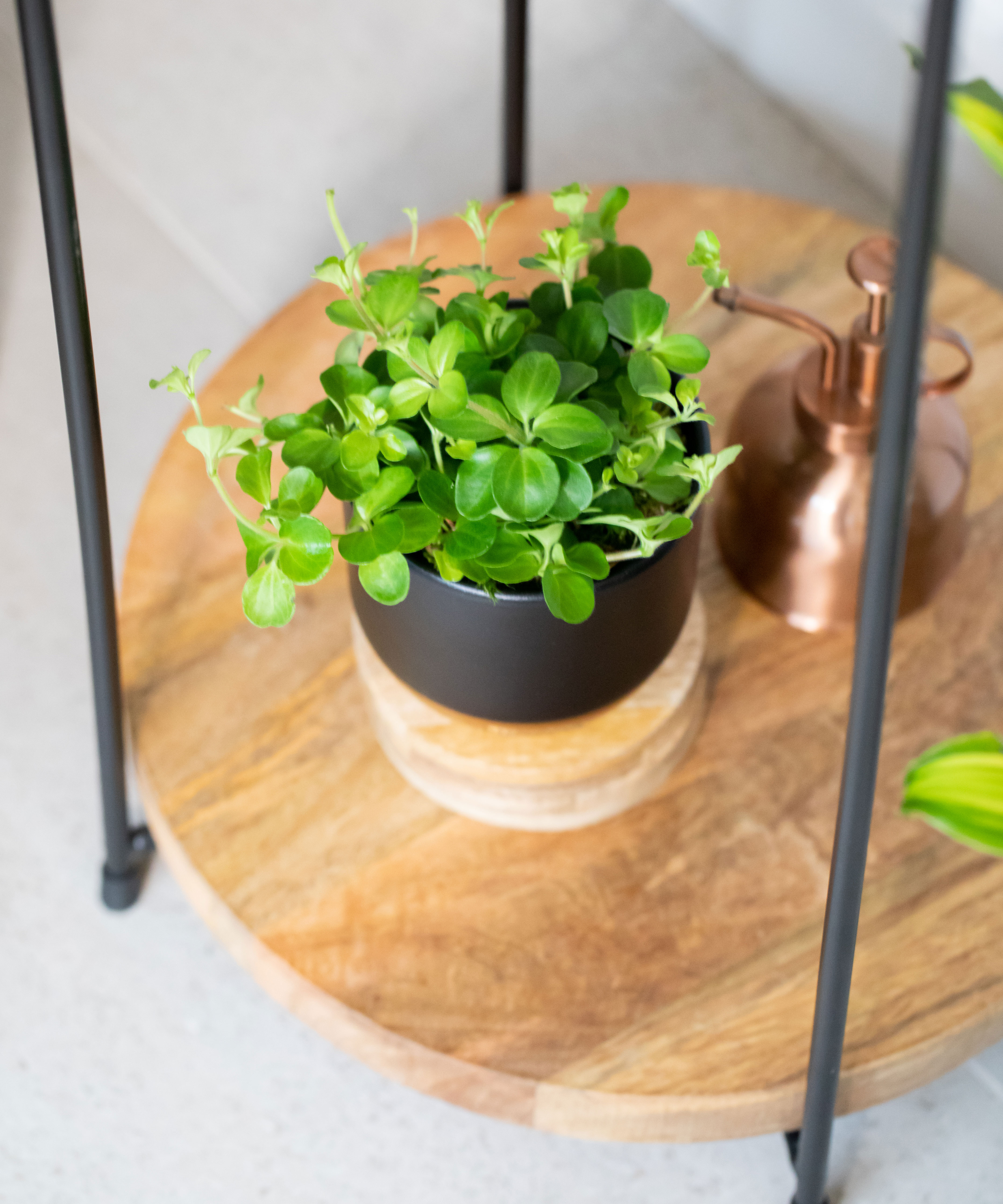
‘Peperomia plants are grown for their beautiful foliage, not their blooms,’ says Eliza Blank, founder of The Sill. ‘They are semi-succulent, adaptable, visual-appealing, and pet-friendly – all characteristics that make for suitable houseplants.’
Loving bright to medium light levels, it’s important to keep these plants out of strong, direct sunlight as it can scorch the leaves. Similarly, do keep them away from radiators, draughts, and air conditioning units.
When it comes to watering these captivating plants like to be watered every one to two weeks during the spring-summer growing period. Let the compost dry out completely before repeating and avoid letting the roots sit in water, as this will lead to the plant rotting.
6. Fan palm
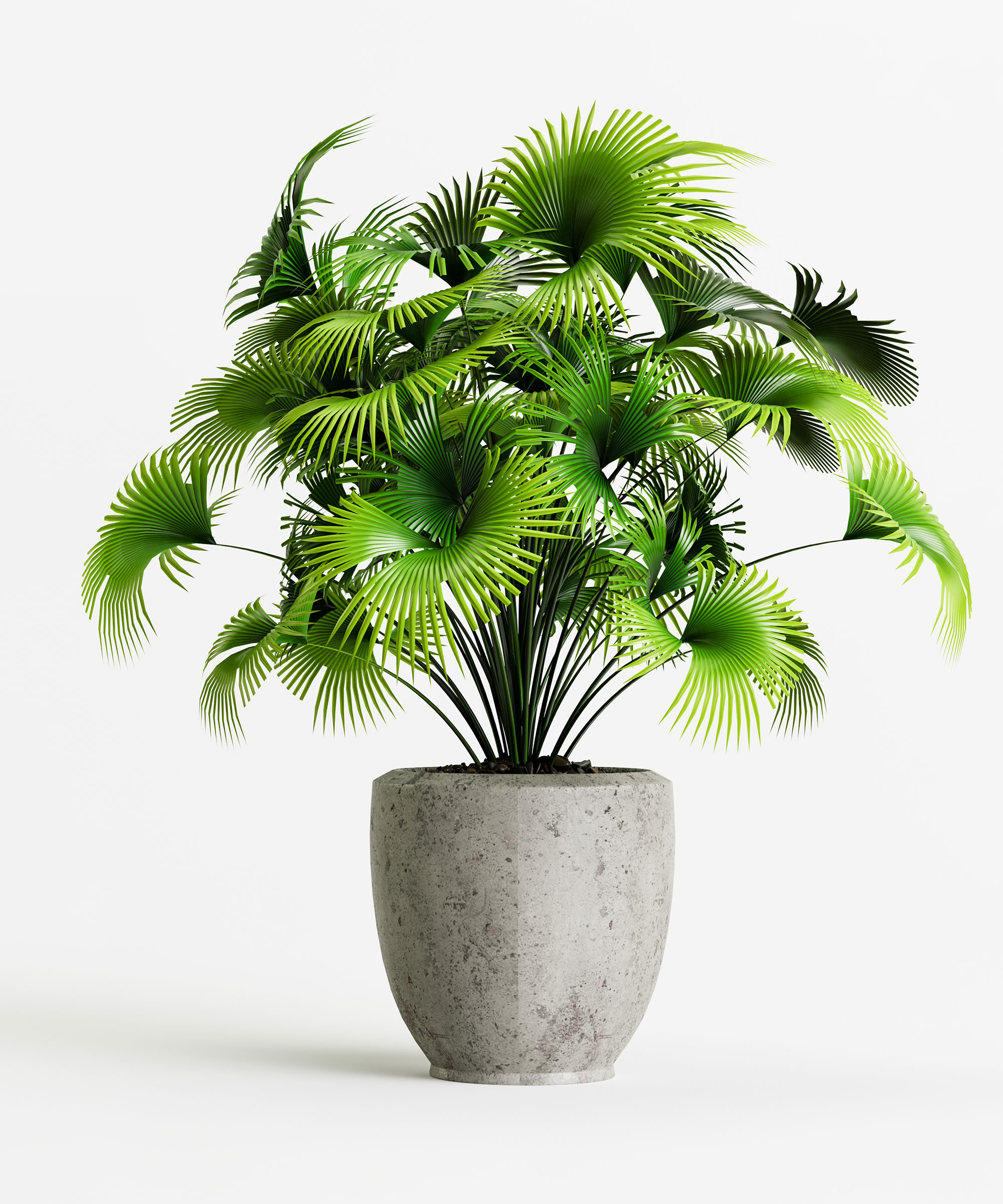
Spiky but perfectly safe around pets, this stately palm makes a fabulous statement in a corner or on a side table. With its exotic good looks and large, deeply cut fronds it oozes tropical charm. A slow grower it’s a great option if space is tight, only reaching up to 6.5ft (2m) indoors, compared to 65ft (20m) in its native southeast Asia.
A bright spot but away from the sun’s glare is ideal for this gentle giant. It also likes its surroundings steamy so pop in a kitchen or bathroom or mist regularly a few times weekly.
7. Boston Fern
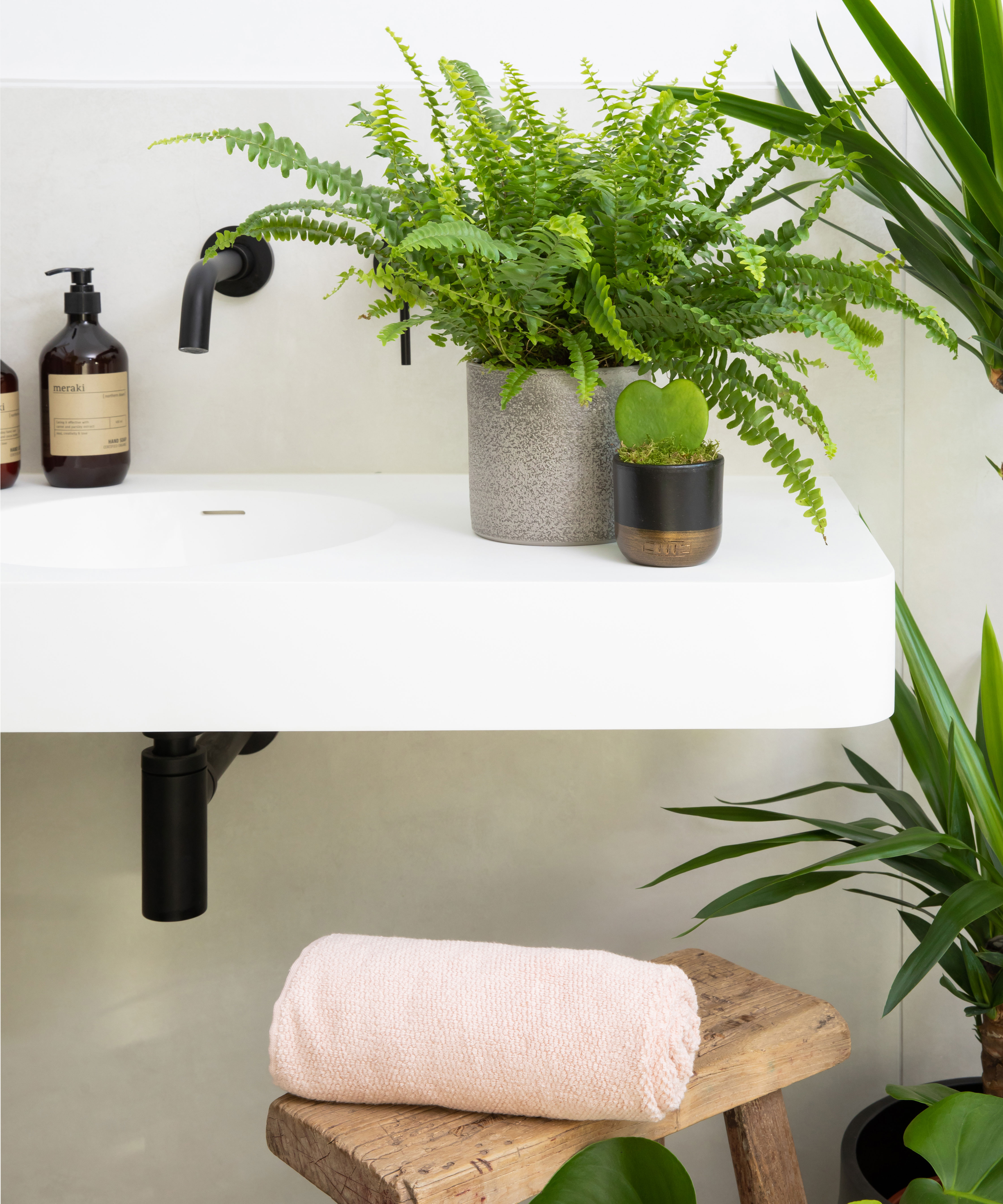
The Boston Fern has different light requirements at different times of the year. During the spring and summer, it needs a shady location. A north-facing window is ideal. During autumn and winter, it needs extra light and will benefit from at least a couple of hours of direct sunlight per day. At all times of the year, it will not tolerate full sun or total shade. It is a great option for a bathroom or kitchen plant as it loves high humidity. Group plants together to create a mini microclimate.
These plants have a graceful draping habit so are best displayed in a raised or hanging planter. Keep them looking lush and full by trimming out any yellow or dried fronds around the base to encourage fresh new growth. Never trim at the crown of the plant as this can stunt growth altogether.
8. Chinese money plant
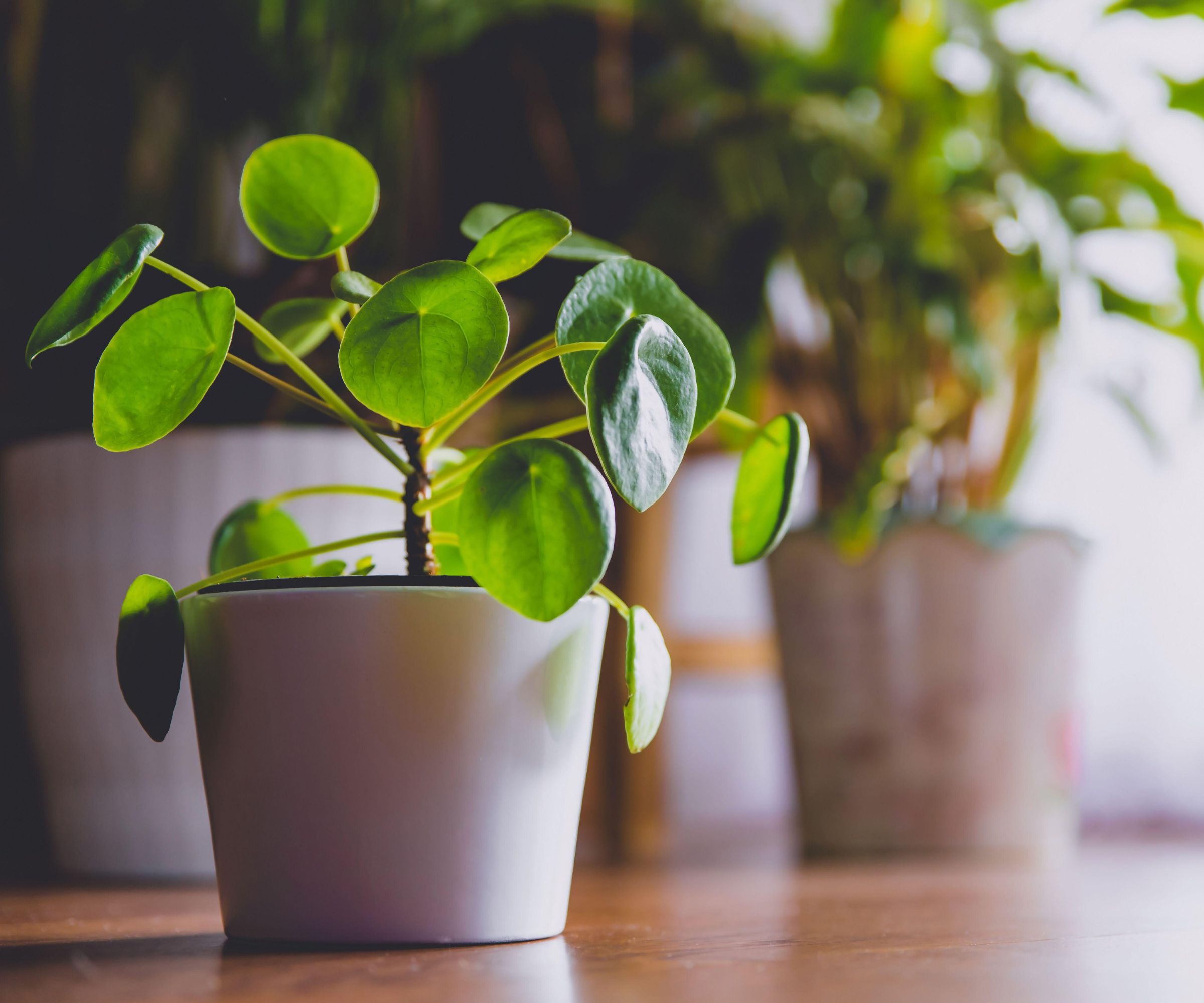
Supremely popular today this plant is a speedy grower, easy to care for, and, above all, perfectly pet-safe too.
Native to the Southern Chinese provinces of Yunnan and Sichuan, this elegant plant was thought to bring its owner luck and good fortune, thanks to its large, rounded leaves that were thought to represent coins stacking one on top of the other.
Finding the right spot in your home for a Chinese money plant is key to its healthy growth. These deep green leafy beauties love the sun but will scorch if positioned in strong, direct sunlight. Pretty easygoing, these stunning plants need some water but detest sitting in a waterlogged pot and find it tricky to recover from too. Water when the top 2 inches (5 cm) of compost are dry and allow the soil to dry completely before repeating.
9. Spider plant
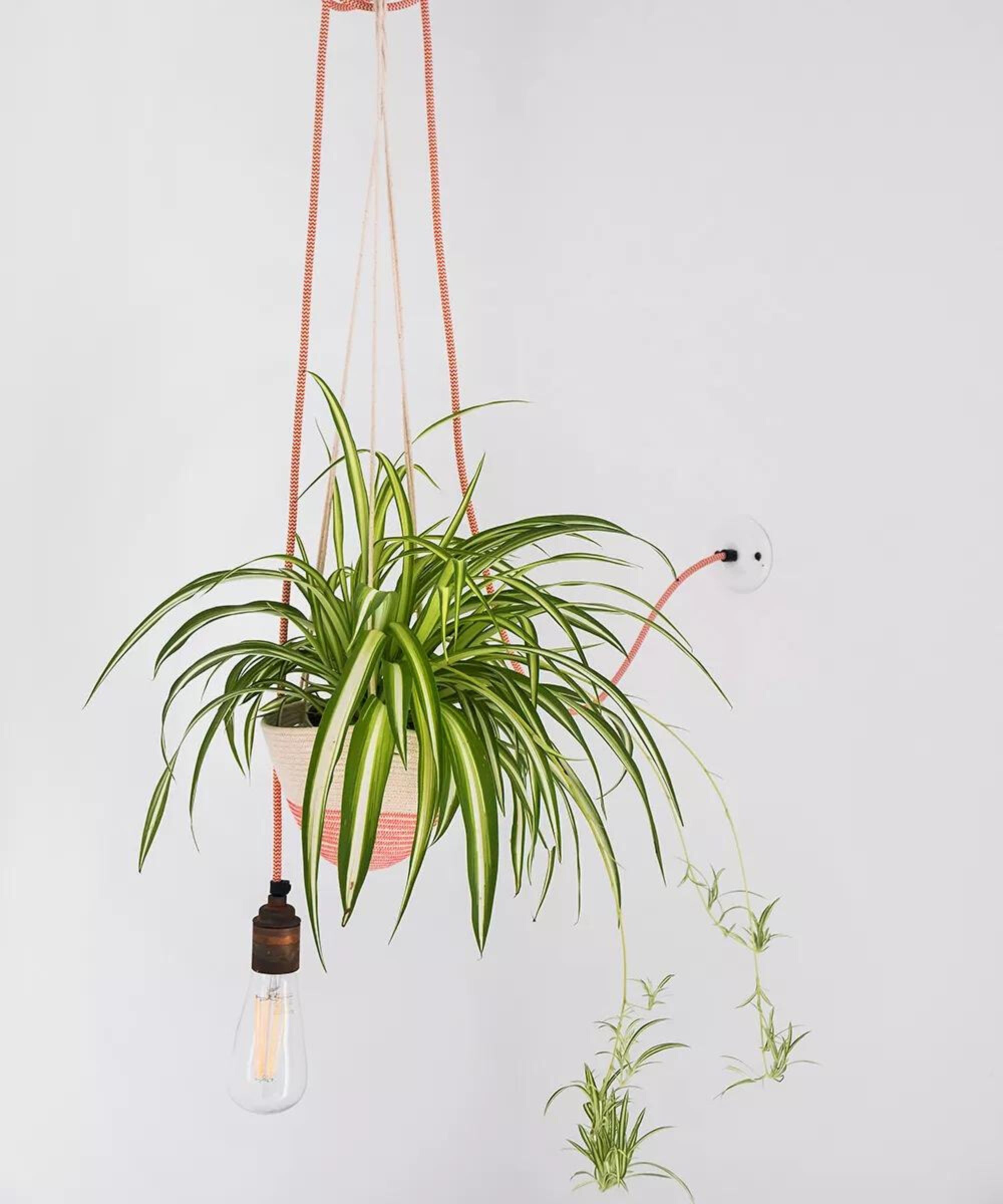
“To make sure your home is pet friendly, opt for a spider plant,’ says Patty Willems, from elho. ‘Not only are they harmless to cats and other pets, but also low maintenance. This air-cleaning indoor plant can even help to banish nasty toxins from homes, so you and your fur baby can enjoy clean air.’
Patty continues, ‘Spider plants are best kept in low light as bright direct sunlight can scorch their leaves. Spider plants only need a small amount of water to keep them going, so scale back the watering to avoid developing any nasty diseases, such as root rot. elho’s self-watering insert keeps plants happy and hydrated as the simple watering system ensures plants get the water they need at the right time. Plus, the water meter indicates when it needs filling up again, so your spider plant will never be dehydrated!’
10. Prayer plant
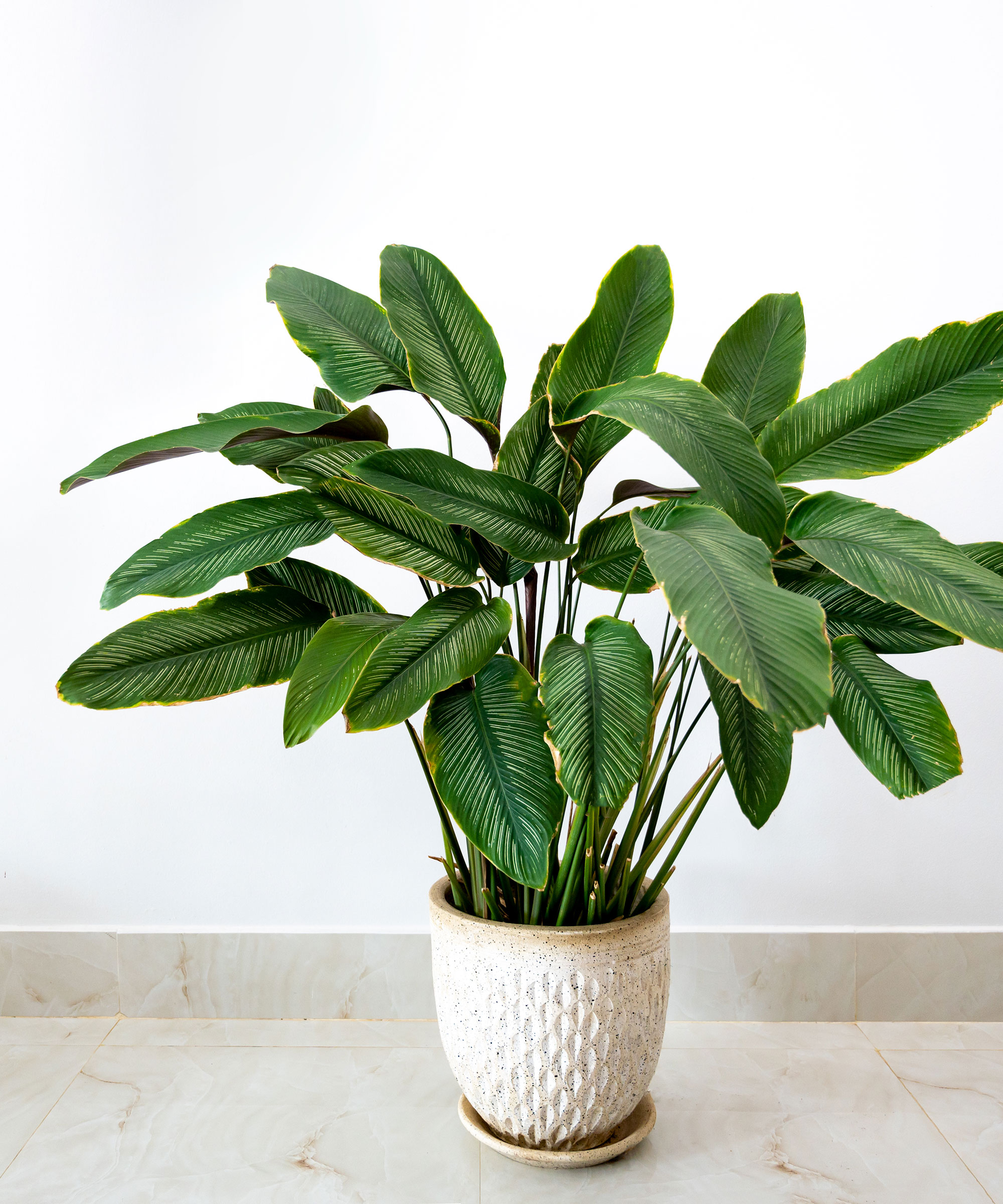
‘Maranta and calathea plants belong to the family Marantaceae, and they make beautiful pet-safe houseplants,’ says Mark Lawlor from Happy Houseplants. ‘Maranta is sometimes called the prayer plant because its leaves lie flat during the day and fold upwards at night, as if in prayer.’
With beautifully patterned leaves in an array of colors including every shade of green plus claret and silver, these plants soon prove irresistible and look stunningly grouped together. Resist placing them in direct light though as this can fade the foliage and, in severe cases, create scorch marks. Instead, position them around 3.2 feet (1m) away from a window.
Prayer plants prefer high humidity and can turn crisp and if the air becomes too dry. The easiest way to increase humidity levels is to invest in a humidifier or place a tray of pebbles with a shallow layer of water next to plants. Give them a gentle but regular mist using tepid water, too, and consider grouping plants together to create a mini microclimate, which will help increase humidity levels.
Remember, If your pet shows any sign of having ingested poison, such as vomiting, diarrhea, weakness, or confusion, seek veterinary assistance straightaway.
Which indoor plants are safe around pets?
‘There are several pet-safe plants out to choose from, such as ferns, Chinese money plants, watermelon peperomia, and the parlor palm, so even if you do have furry friends at home, you can still create a beautiful indoor jungle!’ says Ben Norman, from Baby Bio®.
Which large indoor plants are pet-safe?
There are plenty of gorgeous, sculptural indoor plants that are non-toxic and safe to have around pets. Some of our favorites include:
- Parlor palm
- Date palm
- Fan palm
- Aspidistra
- Money tree
- Banana plant
What is the best pet-safe flowering house plant?
The African Violet, also known as the Cape Marigold, will flower profusely given plenty of direct sunlight, as long as you don't allow the roots to sit in water. Your furry friends probably won't be very interested in this one, because it doesn't have wavy leaves or long tempting fronds and has no scent.
Sign up to the Homes & Gardens newsletter
Design expertise in your inbox – from inspiring decorating ideas and beautiful celebrity homes to practical gardening advice and shopping round-ups.

Journalist Jill Morgan has spent over 20 years writing and editing gardening, interior and property features. Titles she has worked on include The English Home, House Beautiful, Ideal Home, Houzz and Modern Gardens and she writes regularly for H&G as a Contributing Editor. Whilst she is a dab hand at renovation projects and DIY, she is happiest when out digging in the garden or planning a new border.
-
 Kourtney Kardashian's cloud-like chair taps into 2025's most interesting furniture trend – it has the unique ability to improve spatial flow in any room
Kourtney Kardashian's cloud-like chair taps into 2025's most interesting furniture trend – it has the unique ability to improve spatial flow in any roomAn accent chair highlights the beauty of the natural world in the socialite's living room – experts explain why it's trending and how to recreate the look
By Sophie Edwards
-
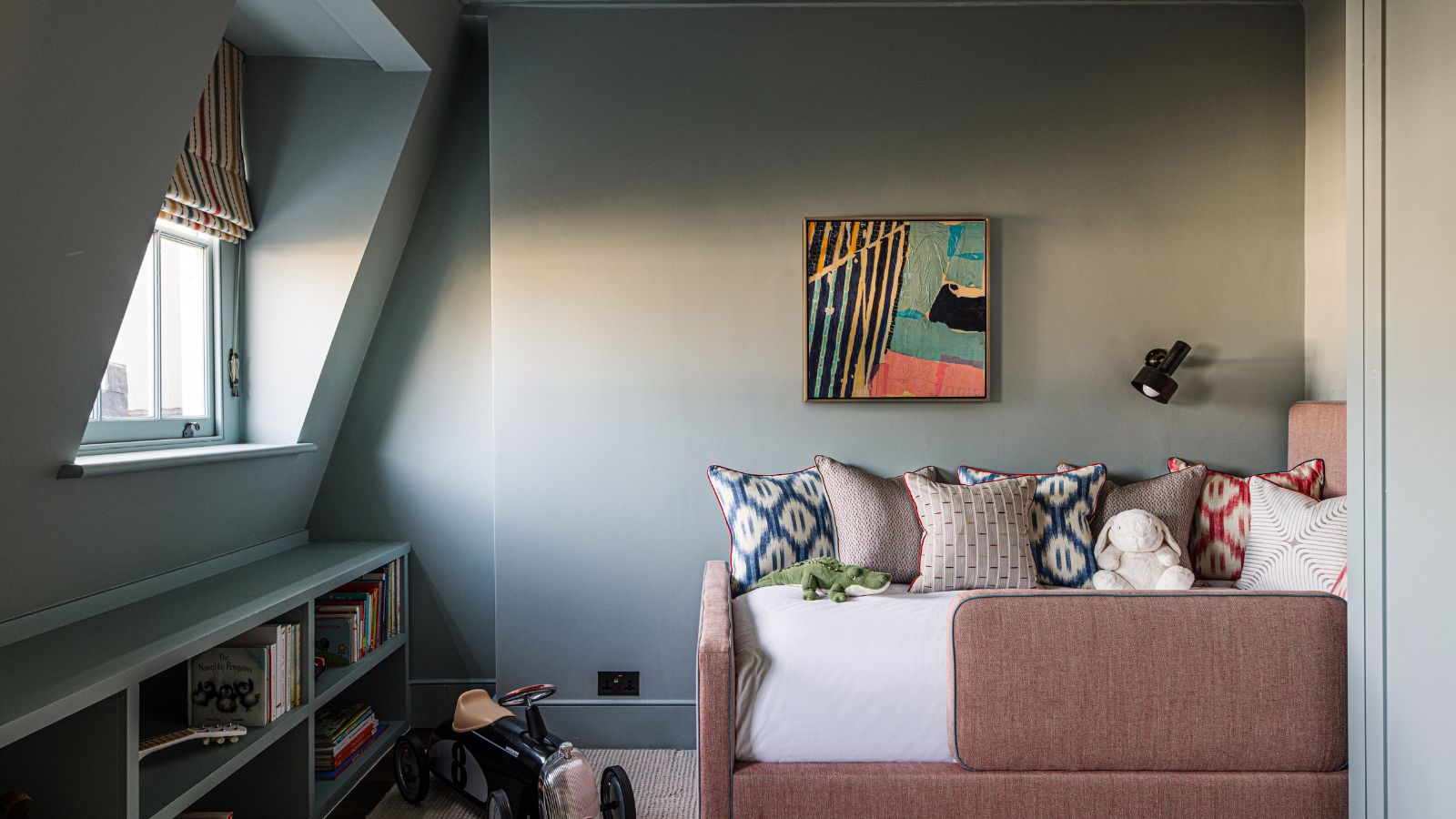 Little Greene paint colors in real homes – 19 rooms decorated by designers with tried and true paint shades and wallpapers
Little Greene paint colors in real homes – 19 rooms decorated by designers with tried and true paint shades and wallpapersGain fresh paint color inspiration with these timeless Little Greene shades, from rich greens to elegant neutrals
By Emily Moorman